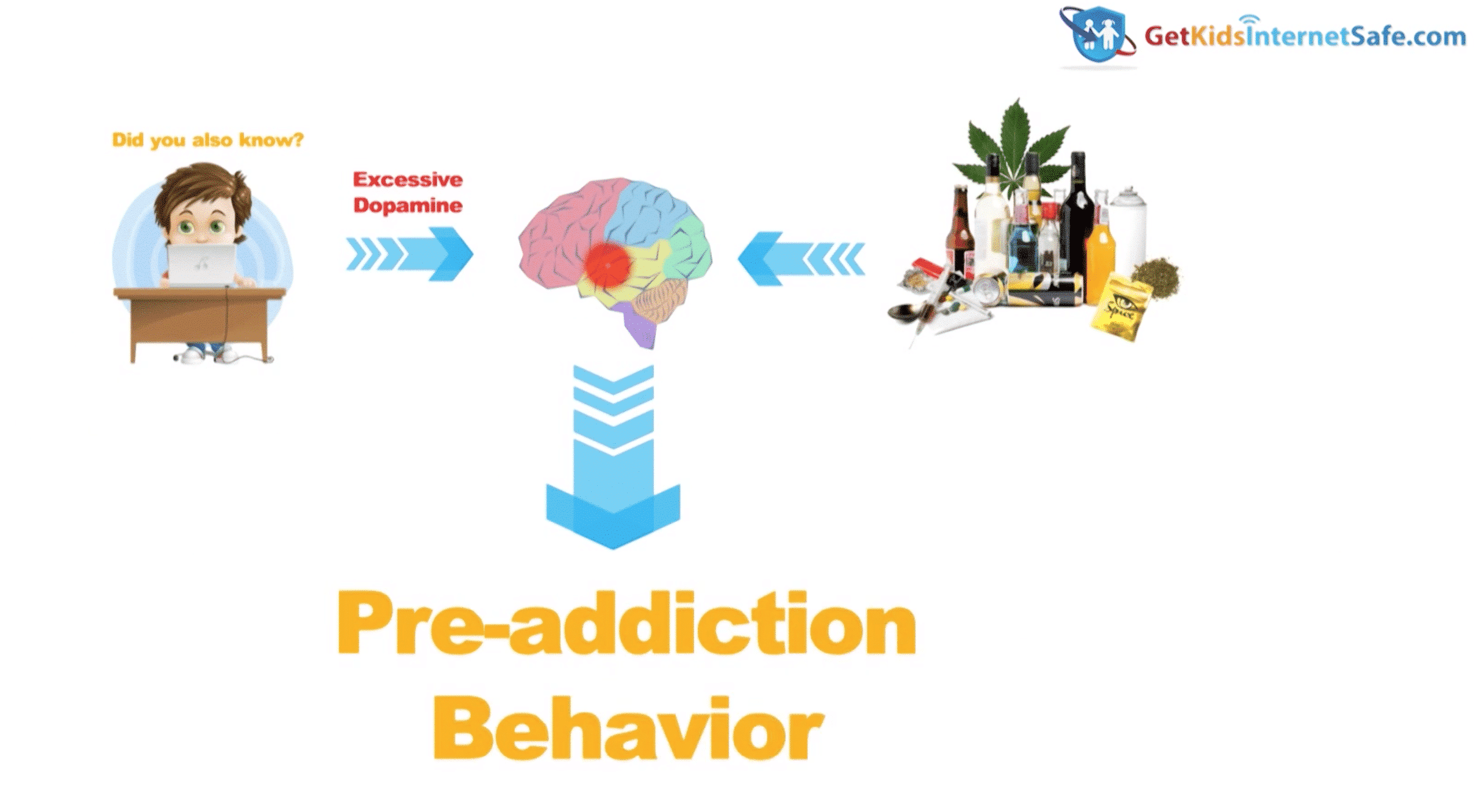
Originally published by The Good Men Project
You know why I LOVE The Walking Dead television series? Because I’m a nerd. I love to forever analyze how humans interact with nonhumans and how the nonvirtual interfaces with the virtual. But the confusing thing these days is that our virtual and nonvirtual worlds are so intertwined, it’s getting harder to tell them apart. I propose that the idea of zombies that lead us to the end of times is actually screen media.
My all time favorite novels are either fantasy or sci fi. I mostly love people, but I also love technology. I’m an introverted extrovert. Love to read. Love to surf the Internet and Facebook. Love to party. Most of all, I love to discuss apocalyptic, science fiction scenarios with real live humans (“If you could bring five people and five things on an island…”).
In regard to my opinions about technology, it turns out I’m a moderate. In other words, I’m not firmly in the techno-pessimist or techno-optimist camp. I realize we have reached the point of outsourcing so much to our screens that we are cyborg, yet we still crave one-to-one real time face contact more than anything else. After three years of intensive study about screen safety, I’m essentially an independent who loves her tech while helping clients manage through the very real perils of kids participating in screen activities too much too soon.
In regard to being cyborgs, our screens provide us powerful life tools. They are literally changing the structures of our brains. Specifically, scientists are identifying increased cortical thickness in commonly used neurological pathways among screen users. “ Use it or lose it” applies to brain development. Technology is changing us in ways we aren’t aware of, and in ways we don’t understand. Not only are we interacting with the world, and each other, differently, but we are absorbing nibbles of screen content like an amoeba absorbs nutrients. Sometimes we are active viewers, other times virtual images are flashing before us embedding messaging while we remain largely unaware of its impact. Some of these images are designed to brand and make us devoted paying customers, called neuromarketing.
It’s time we face it. Unless you go to extraordinary lengths for online privacy, you no longer have any. Every valuable mouse click you make is captured, categorized, and used for profit. If you online shop for a refrigerator today, you will be retargeted with refrigerator ads tomorrow. And if you refuse to click? No worries, your Samsung television will record your conversations and use those for retargeting. Facebook knows, and uses, everybody in your smartphone’s address book and your location to locate connectability and buy ability. Information about your habits is BIG business, and every move of your mouse is being collected to identify patterns and vulnerabilities. Rich corporations utilize powerful technology resources to get into your pocket in ways you haven’t even fathomed.
I recently went to see the fantasy/sci-fi thriller, Ex Machina. I left spooked, saying I felt like this is the first time my eye could not distinguish CGI from reality. I spent the movie looking for a distortion in how the robots looked or moved, and there wasn’t one! I panicked a little bit thinking, how are we going to tell fake news from real news if even video footage can be faked? Furthermore, machine learning is already a real thing. In other words, machines can now evolve based on their learning without human interface! Robots are here. They are patrolling parking lots collecting big data, including your license plate number, speed, time of arrival and departure, and giving directions when asked. They can even scan your face for identity and your body for weapons. As soon as you are identified, data about your habits populate the screen. Even mall billboards have this capacity now, identifying you and immediately displaying ads corporations are sure you’ll like. Privacy as we’ve known it is dead, dead, dead.
If you’re still in denial that we are irreversibly computer-dependent à la Jetsons, consider these 14 ways we are already more Borg than human:
- We get speeding tickets from a camera and computer rather than a uniformed police officer.
- Computer voices lead us through endless mazes of flowchart selections as the only option for “customer service.”
- We order groceries with a button or a wand, and we pay with our thumbprint (see Amazon Dash and AmazonFresh).
- We breakup on text and bully through online ratings and social media shaming, happy to escape that messy feeling when your hurtful missile hits its victim (psychologists call this the online disinhibition effect).
- Our kids schedule online gaming playdates and text each other while hanging out.
- We seek validation through social media and chat rooms. Computers have become our soothing tonic. ((hug))
- Yesterday, you reached for the rewind button on your radio because you got distracted. And if it was a podcast, it actually worked.
- We learn about gender roles from webcomic trolls and sex from online porn.
- We can no longer remember things because our smartphone is our external hippocampal harddrive.
- Bank tellers greet us with, “Good afternoon, please swipe your card and enter your pin.”
- We are so exhausted from fractured attention and overload due to computer data, we have little energy left over for people. But we somehow scavenge enough for more screen media like TV or Facebook. (Please someone invent a can of wine-flavored oxygenated glucose.)
- My new client who begged not to have ANY notation on my computer because of fear for government interference isn’t even psychotic.
- Apple Watch
- Google Glass
- Virtual Reality
Am I right? Screen media is our drug. We are never satiated. We are too hungry for it to go to bed on time. We are so hungry for it it’s what we check first thing in the morning. As a clinical psychologist, it allows me to reach an audience of thousands at this very moment instead of a single individual. Bottom line, it lights up the same pleasure center part of our brains that every drug of addiction does.
Our greatest fear is that technology will end our planet and our greatest hope is that it will save it.
Name five people and five things you want on your post-apocalyptic island (genies and meatball sub sandwich factories aren’t allowed). If you didn’t say your laptop, you’re lying.
“Siri, add closing and send.”
I’m the mom psychologist who will help you GetYourKidsInternetSafe.
Onward to More Awesome Parenting,
Tracy S. Bennett, Ph.D.
Mom, Clinical Psychologist, CSUCI Adjunct Faculty
GetKidsInternetSafe.com








